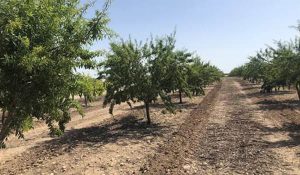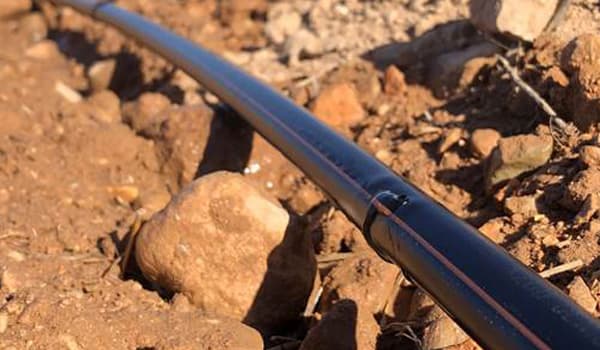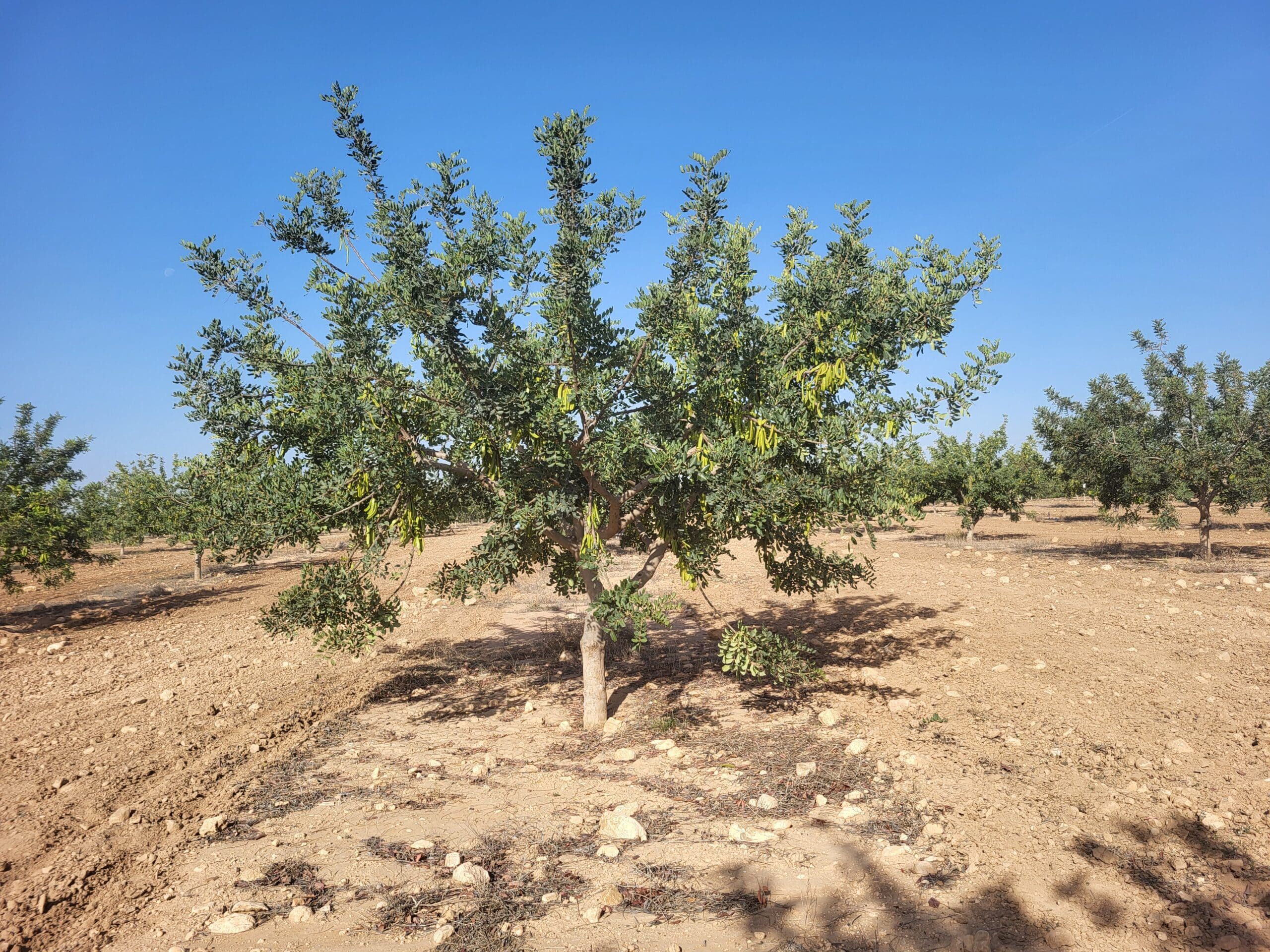Table of contents
Types of Irrigation Drippers and their differences
When considering the option of installing a drip irrigation system, we must first choose which type of dripper to install.
There is a wide variety of pipes with integrated drippers available. These can be turbulent, pressure-compensating, anti-suction or anti-drainage.
In this article, we will briefly explain the differences between these models to help you choose the one that best suits your needs.
Turbulent Dripper
A turbulent dripper or turbulent scheme dripper is a type of irrigation dripper whose flow rate varies according to the pressure it receives, being higher when the pressure increases and lower when the pressure decreases.
The dripper is defined by the flow rate in litres/hour that it emits at a pressure of 1 bar.
This model is frequently used in crops that are not very demanding in terms of uniformity and in plots with no slope when the length of the drip lines is below certain limits recommended by the manufacturer.
Even under these conditions, there will always be a difference in flow rate between the first drippers of each line with respect to the last ones, which receive less pressure.
Pressure-compensating dripper
A pressure-compensating dripper is a dripper that has a membrane inside that regulates the water flow depending on the pressure it receives so that the emitted flow remains constant in a range of pressures. Most of the most popular models have an operating range between 0.5 and 4 bar.
The role of a pressure-compensating irrigation dripper is to improve irrigation uniformity and nutrition throughout the plantation.

Anti-drain dripper
The anti-drainage dripper is a version of the pressure-compensating dripper in which the membrane closes the water outlet below a certain pressure, preventing the volume of water contained in the installation’s piping network from being discharged once irrigation is completed.
One of the great benefits of this model of irrigation dripper is that it prevents the lower areas of a plantation from receiving more water than the rest, by flushing the network after irrigation.
Another advantage is that irrigation starts simultaneously in the same sector of the installation since it is not necessary to fill the network at the beginning of each irrigation.
Anti-suction or Anti-siphon Dripper
The anti-suction dripper is another version of the pressure-compensating dripper. Its internal mechanism acts as a non-return valve, preventing water from flowing in the opposite direction to the normal flow of the dripper.
This system prevents soil particles from entering the dripper.
This anti-suction feature is very important in Sub-surface Drip Irrigation system installations to prevent dripper clogging.

All models are available in 16 and 20 mm pipe diameters, with a wide range of flow rates, thicknesses and dripper spacing to suit the needs of the crop and conditions of each installation.
Are you looking for advice on the most suitable type of dripper for your irrigation system?
At AZUD we have a wide range of drip irrigation products that can help you achieve greater water savings and precision.
Our experts will be happy to advise you here!





